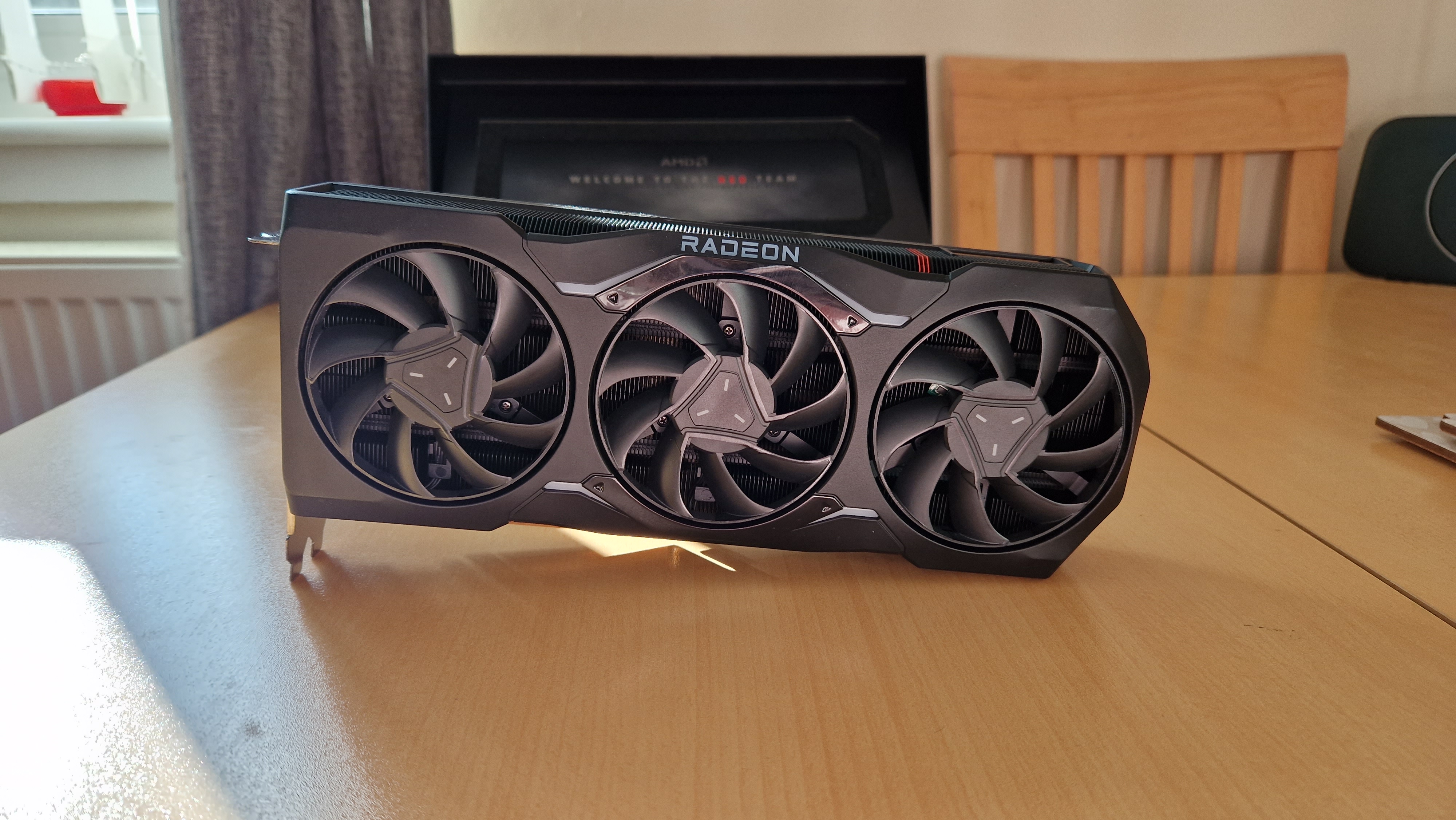GamesRadar+ Verdict
AMD's latest flagship GPU is a bulldozer that successfully undercuts Nvidia and hits a home run while doing so. It isn't quite as good as the RTX 4090, but then again it isn't obnoxiously large, it's far more affordable, and gives you all the power you need to run the most demanding games. This is undoubtedly one of the best value GPUs you can buy.
Pros
- +
Insane performance for money
- +
Extremely powerful GPU
- +
More affordable than the competition
- +
Isn't obnoxiously large
Cons
- -
Only one HDMI port
- -
Software isn't as strong as the competition
Why you can trust GamesRadar+
The AMD Radeon RX 7900 XTX had a lot of pressure on its shoulders. Since AMD lagged so significantly behind in the previous generation of GPUs, the latest flagship from Nvidia's biggest competitor needed to be strong. Put simply, there was a mountain to climb for AMD to reinstate themselves to PC gamers who have spent the last two years hearing nothing but demand for Nvidia's 30 Series.
So AMD would have to pull out all the stops. They'd have to make one of the best graphics cards on the market that would cut straight through the noise. But pull out all the stops AMD has, and the result is everything a PC gamer would want if they're unable to afford a new 40 series GPU.
Where Nvidia's cards are pricey, the AMD Radeon 7000 XTX is remarkably affordable in comparison. Where the RTX 4090 is comically massive, AMD's heaviest hitter is compact and convenient.
For only $999 / £999, the heavyweight prospect from AMD is one of the best value GPUs money can buy, and its power is remarkable for that price. If you're looking to upgrade one of the best gaming PCs, this needs to be on your shortlist.
Design and features
One thing I love about the Radeon RX 7900 XTX is the almost escapist feeling that it gave me out of the box. When you first open the packaging, you're greeted with a stylish platform that hoists up the board. It might seem like a trivial bit of marketing design that's taken straight from the rival's playbook, but you're met with a message on the lid: "Welcome to the red team". To me, this makes a statement that AMD is coming out swinging, and any potential qualms a buyer might have about choosing AMD should disappear immediately in that moment.
The first thing I want to get out of the way is that the physical size of the 7900 XTX is so much more reasonable than you'll find with Nvidia's flagship. It's a sizeable GPU by any means, but it doesn't need a brace. It doesn't need a whole new PC case. In fact, it comes in at 287 mm x 110 mm x 51 mm and only takes up two rows in our testing PC's Corsair iCue 500T case.
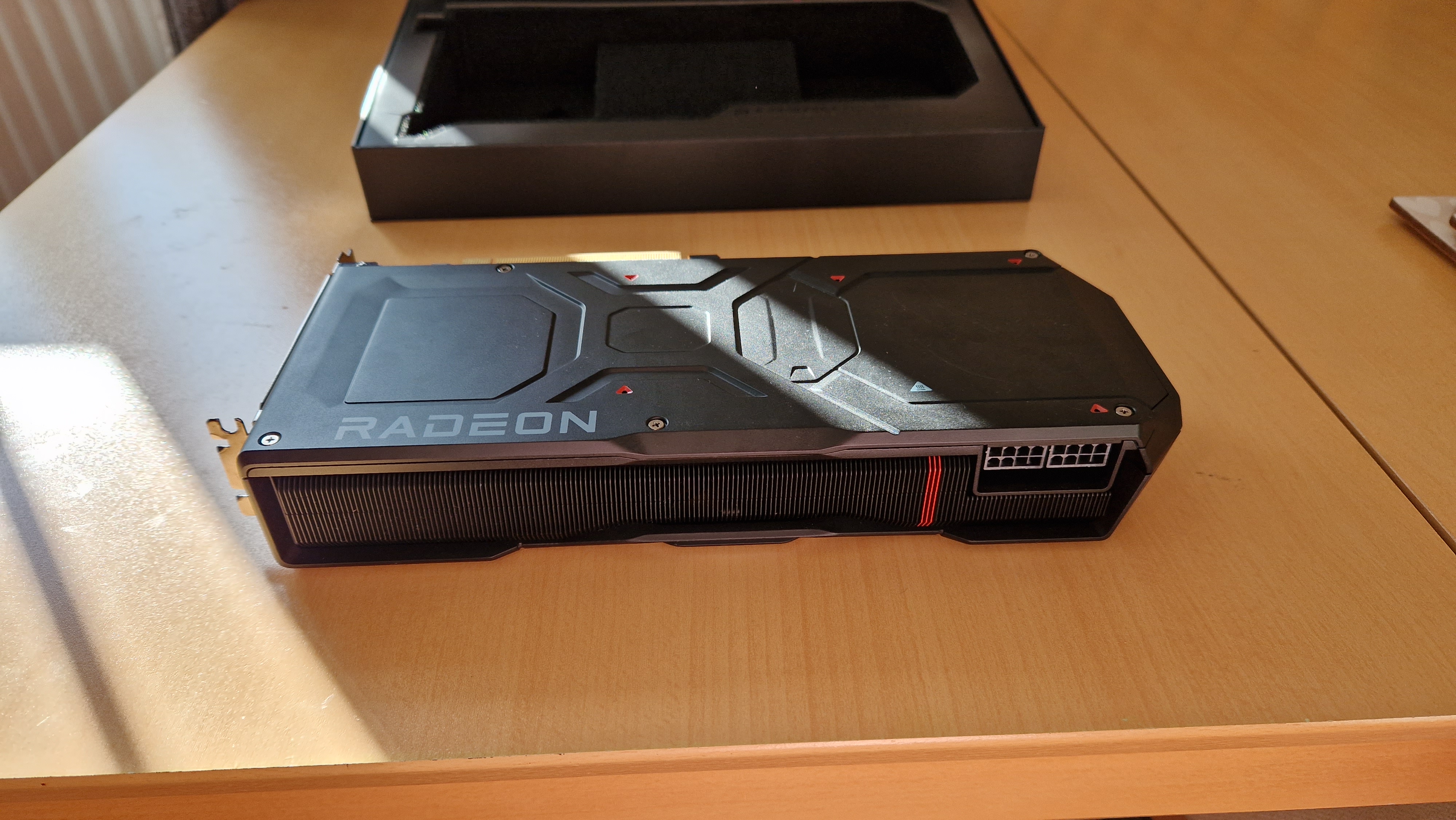
You'll find three fans on the GPU's underside, along with some flashy RGB lighting which you can control by downloading the appropriate drivers. By way of connectivity, you have a PCI-Express 4.0 x16 interface, 2x DisplayPort 2.1 ports, 1x USB-C bay, and, somewhat disappointingly, only 1x HDMI 2.1 port. This isn't a massive issue - most modern monitors will have scope for DisplayPort or USB-C, so even if you have two monitors, you should be covered. On top of that, the majority of motherboards will have at least one HDMI port. I do still think this is a bit of a drawback though, because it lessens your options. The whole idea of undercutting the competition is to offer "the same" at a lower price. For folks with older monitors, this isn't ideal.
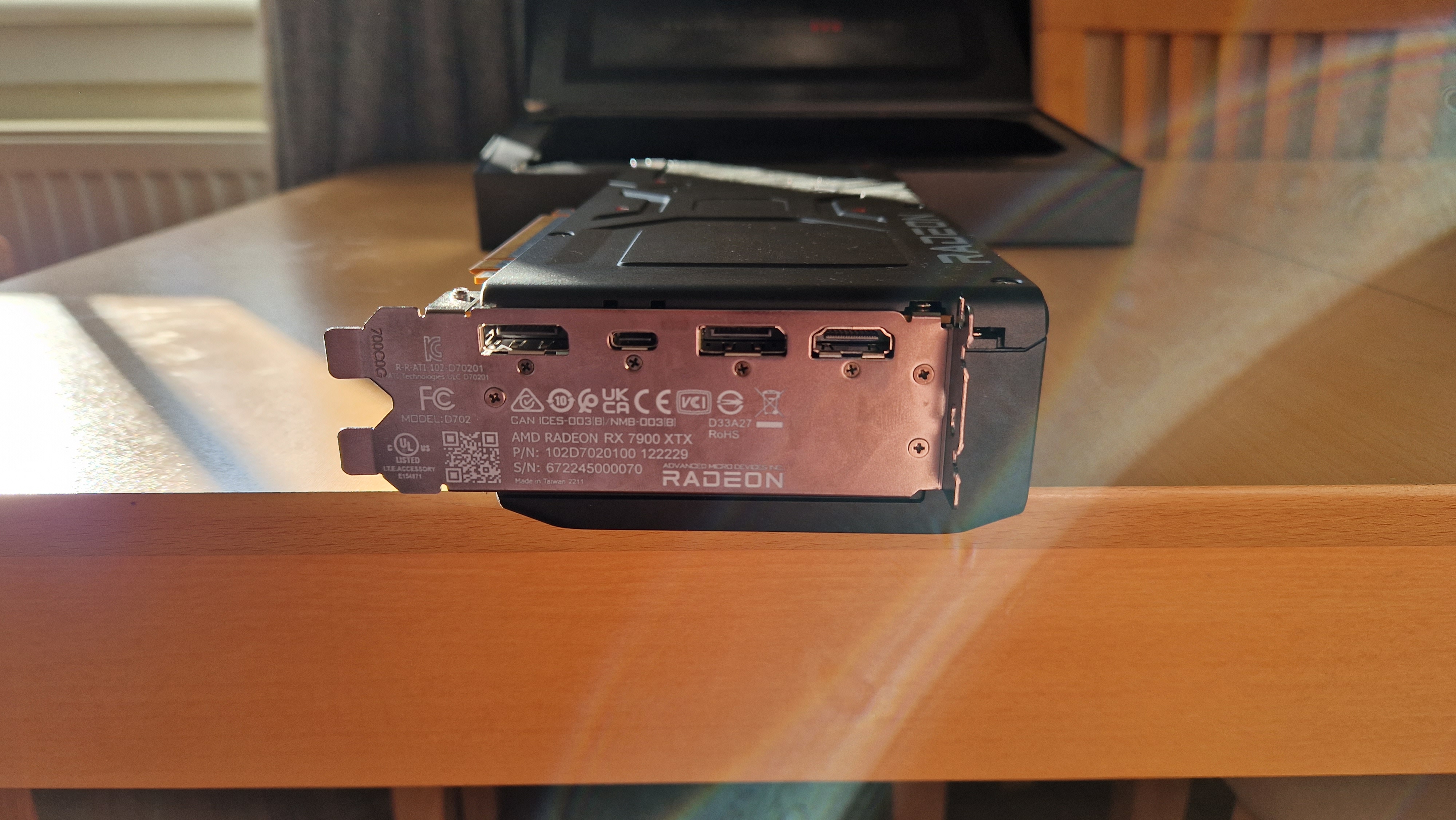
Much has been said about Nvidia's Lovelace architecture, but AMD's equivalent is RDNA 3, which takes what the manufacturer knows from its chiplet technology and applies it to a GPU to help keep prices down. Onboard then, we have 24GB of GDDR6 memory, as well as AMD RDNA™ 3 compute units, with second-generation raytracing accelerators and new AI accelerators that AMD says will "deliver incredible performance while maximizing graphical fidelity." For those who want even more technical details, the 7900 XTX has a second-gen AMD Infinity Cache on a 384-bit memory bus with 20Gbps GDDR6 memory, which delivers a quoted 3494.4 GB/s of bandwidth.
Of course, the latest and greatest graphics cards in this day and age can't survive on ingenious architecture alone. Software has become of growing importance whether for content creation, fine-tuning performance, or for AI deep-learning to improve frame rates. The software that comes along with the 7900 XTX is conclusive of all those things. I particularly like the ability to change profiles since this will help to prioritise workload if you're streaming or want the absolute best resolutions possible. Overall though, this software isn't as efficient as Nvidia's, and AMD's equivalents just can't compete with DLSS 3. This isn't a massive drawback by any means, but it's no secret that Nvidia has some out of this world software.
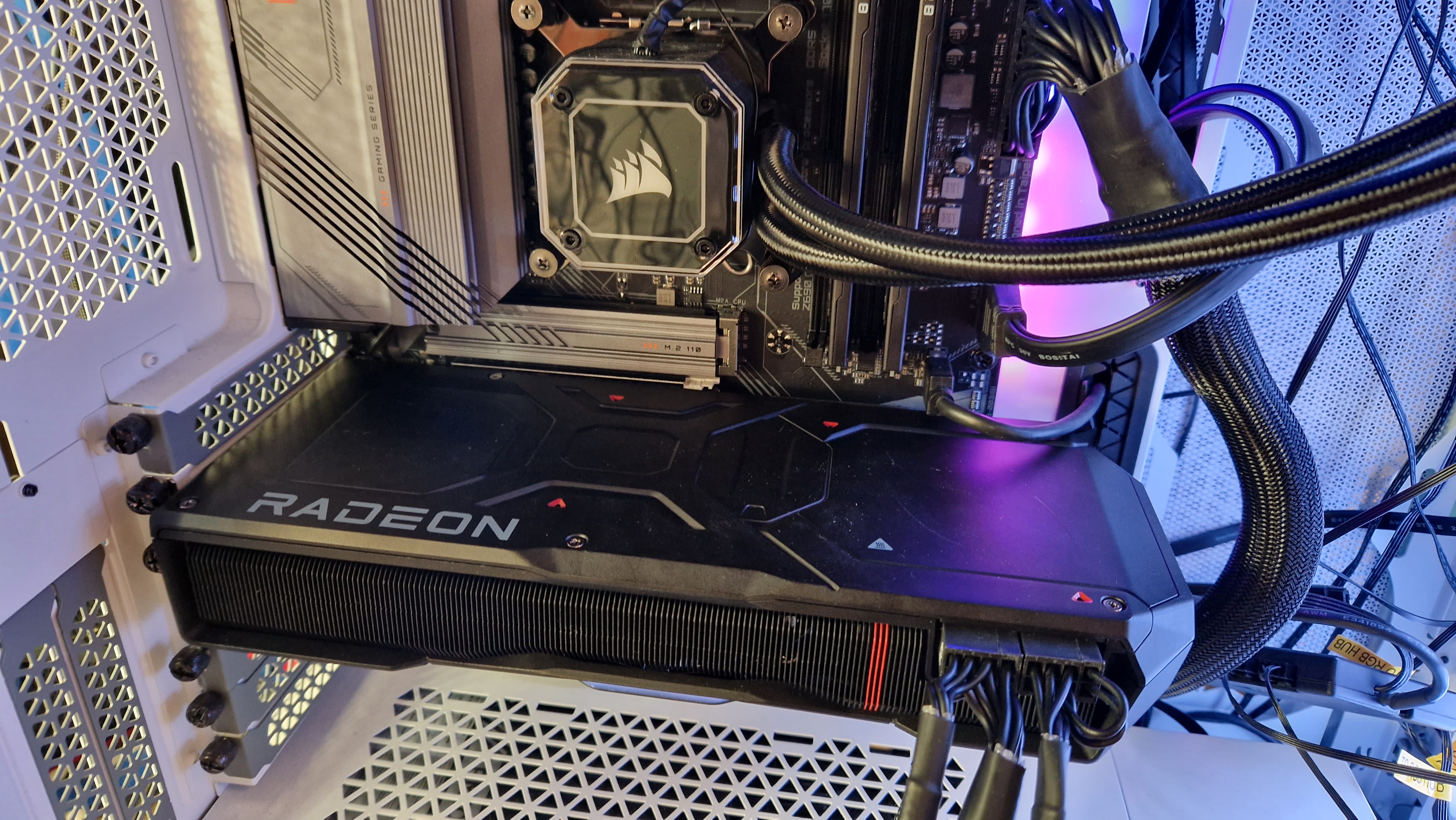
Performance
Regardless, slightly worse software isn't enough to stop this powerhouse of a GPU to produce stunning in-game performance. For an entire grand cheaper, you're getting similar performance to an RTX 3090 Ti. In terms of current-gen reference points, that's RTX 4080 performance for around $400 less. In human terms, this is a GPU that will transform your gaming experience in 1440p and 4K.
To get the nitty gritty out of the way, I put the RX 7900 XTX through its benchmarking paces. First of all, running 3D Mark's Time Spy, it scored 28 011. Our testing PC houses an Intel i7-12700K CPU, and even with that being a generation behind, the overall Time Spy score was 25 419. In Graphics Test 1 there, the 7900 XTX scored 182.86 FPS, and in test 2, 160.37 FPS. Next up was 3D Mark's Fire Strike test, in which the 7900 XTX turned in a "legendary" score of 40 392, with a Graphics score of 71 758. In Geekbench's GPU OpenCL test, we found a score of 222987, and in the Vulkan test, a score of 209630. These tests were done without too much tinkering in AMD's software, and the results are more or less out of the box scores.
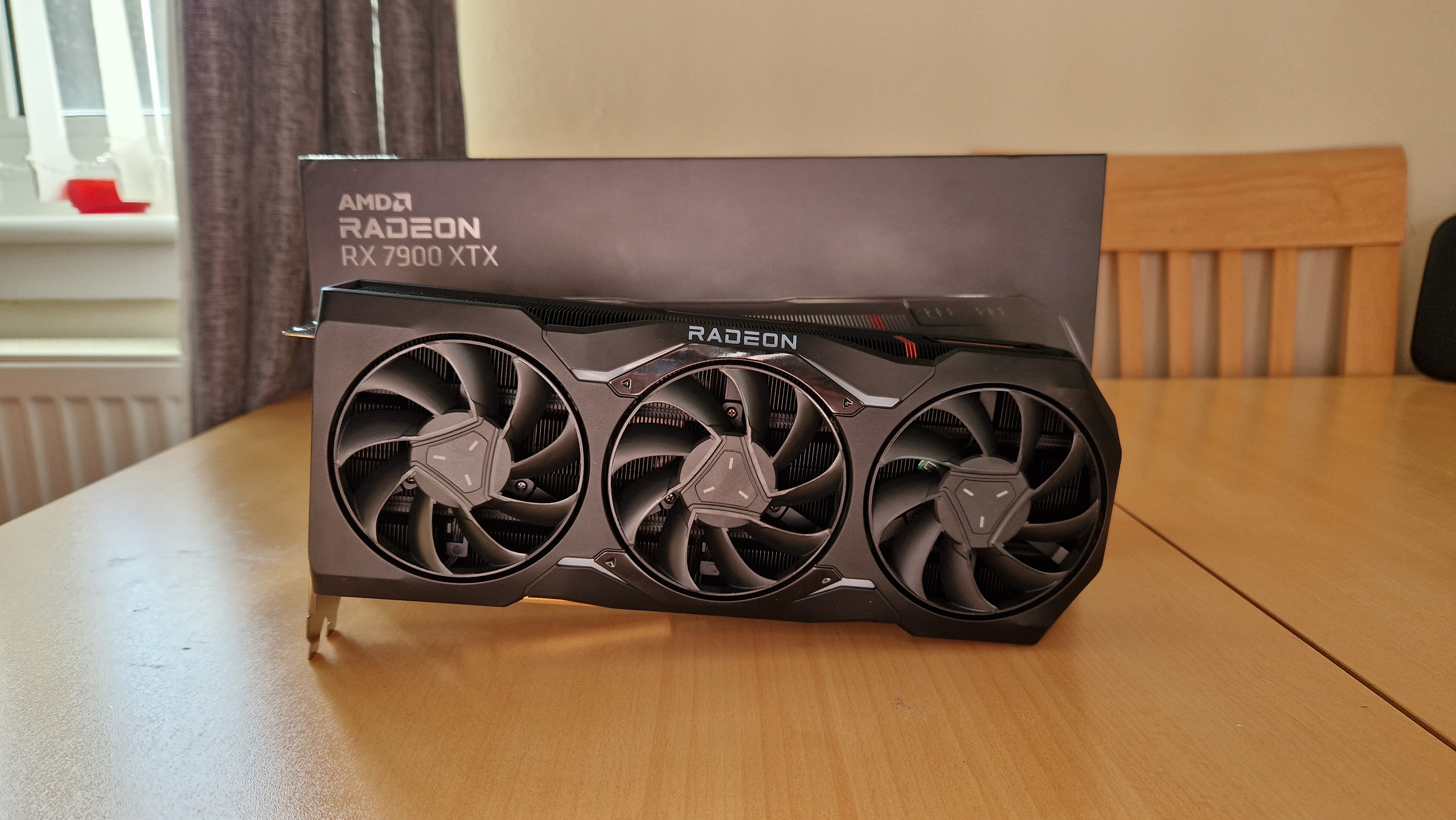
So all very impressive, then. But what does that mean for down-to-earth gaming? Well, testing the 4K, max/ultra settings performance of this board was quite something. Playing a few different games with varying technical demands, the results were simply stunning, and it never felt like the XTX was even breaking a sweat. In fact, the companion software told me it never pushed beyond 50% of its capabilities. I kept having to remind myself when playing a game that this is a graphics card under $1,000.
| Row 0 - Cell 0 | 4K Max Settings | Ray-Tracing | FPS |
| Marvel's Guardians of the Galaxy | ✔ | ✔ | 120 |
| Metro: Exodus | ✔ | ✔ | 96 |
| HUNT: Showdown | ✔ | Row 3 - Cell 2 | 120 |
| Apex: Legends | ✔ | Row 4 - Cell 2 | 180 |
As you'll see, these results speak for themselves. The Marvel's Guardians of the Galaxy frame rate was quite something - especially with ray tracing turned all the way up. Moreover, that frame rate was rock solid, and didn't fluctuate in the slightest. Metro, on the other hand, did fluctuate a bit more, with peaks being just above 100FPS and lows never dipping below 90.
With HUNT and Apex, two games that I chose to benchmark more as competitive multiplayer reference points where the majority of players are just looking for the maximum frame rates possible, the results were fantastic. Once again, the frame rate in Hunt was rock solid, and of the two, that's much more technically demanding. Using different profiles in the AMD software, it was possible to tweak these performances as well. It was in Esports mode, however, that I got the best scores. Testing these both out in 1440p, I found that Apex leaped to a ridiculous 250FPS, while Hunt leapt up to 150.
Don't forget, these were running with every single possible setting maxed out. This GPU transforms games into how they should be played, and it does it at one of the most affordable prices out there.
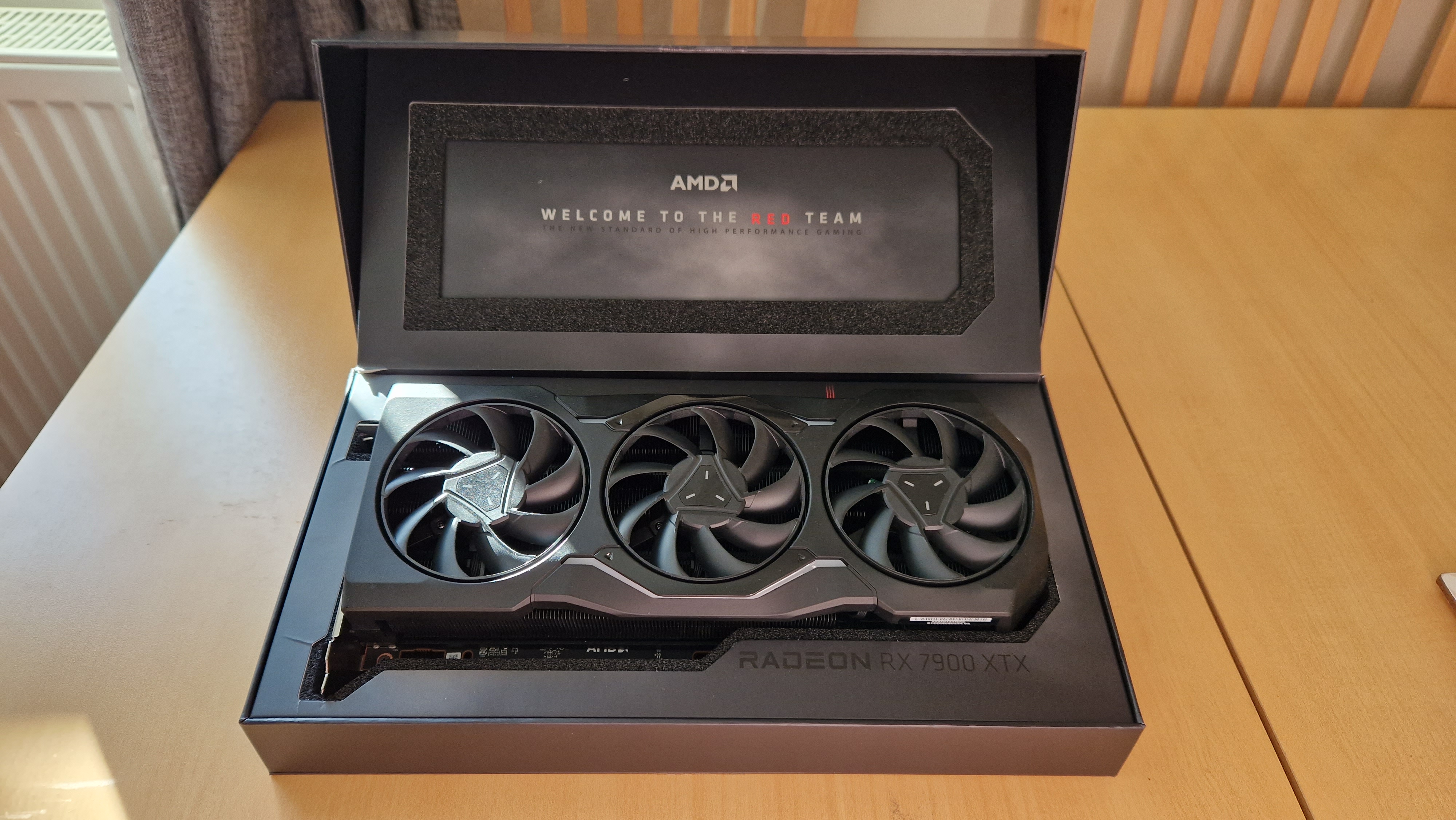
Overall - should you buy the Radeon RX 7900 XTX?
Absolutely. Yes, you should.
Don't get me wrong, the RTX 4090 is still a superior GPU, but it's always worth keeping in mind that that was a graphics card designed for much more intensive tasks than playing games. If you are desperate for a new GPU and you want the absolute best performance, the 4090 will offer you more. But if price is a barrier to entry, which I wouldn't be surprised at, the RX 7900 XTX has taken the gloves off and come out swinging.
For under a grand (or slightly over when you get to any given retailer), this GPU is pushing boundaries of what is possible. Yes, there are added bonuses to getting an Nvidia 40 Series GPU that has superior software, more technically astounding ray-tracing, and DLSS 3. The thing is, this GPU performs so strongly that you won't really miss those Nvidia benefits.
In the current financial climate of high costs of living, record high inflation, and energy bills that will make you want to vomit, AMD has a champion on its hands.
How we tested the RX 7900 XTX
The AMD Radeon RX 7900 XTX was our testing rig's GPU for about two weeks before this review. In that time I put it through its paces by playing plenty of HUNT: Showdown, Marvel's Guardians of the Galaxy, Apex Legends, and Metro Exodus. I also used the companion software top fine tune and control the performance of each game, testing how these things affected in-game performance.
For technical benchmarking tests, I ran it through various 3DMark simulations, as well as Geekbench 6.0.
For reference, our testing rig's configuration for this review was as follows: Intel i7-12700K, AMD Radeon RX 7900 XTX, PNY XLR8 DDR5 RAM, PNY SSD, RM1000X power supply, and a Gigabyte Z690 Gaming X motherboard.
To read more about how we test the latest gaming tech at GamesRadar, take a gander at our Hardware policy.
Thinking about some cheaper upgrades for your gaming PC? Why not look at the best CPUs for gaming, the best SSD for gaming, or the best RAM for gaming?
One of my earliest memories is playing SuperMario64 and wondering why the controller I held had three grips, but I only had two hands. Ever since I've been in love with video games and their technology. After graduating from Edinburgh Napier University with a degree in Journalism, I contributed to the Scottish Games Network and completed an Editorial Internship at Expert Reviews. Over the last decade, I’ve been managing my own YouTube channel about my love of games too. These days, I'm one of the resident hardware nerds at GamesRadar+, and I take the lead on our coverage of gaming PCs, VR, controllers, gaming chairs, and content creation gear. Now, I better stop myself here before I get talking about my favourite games like HUNT: Showdown, Dishonored, and Towerfall Ascension. Location: UK Remote
